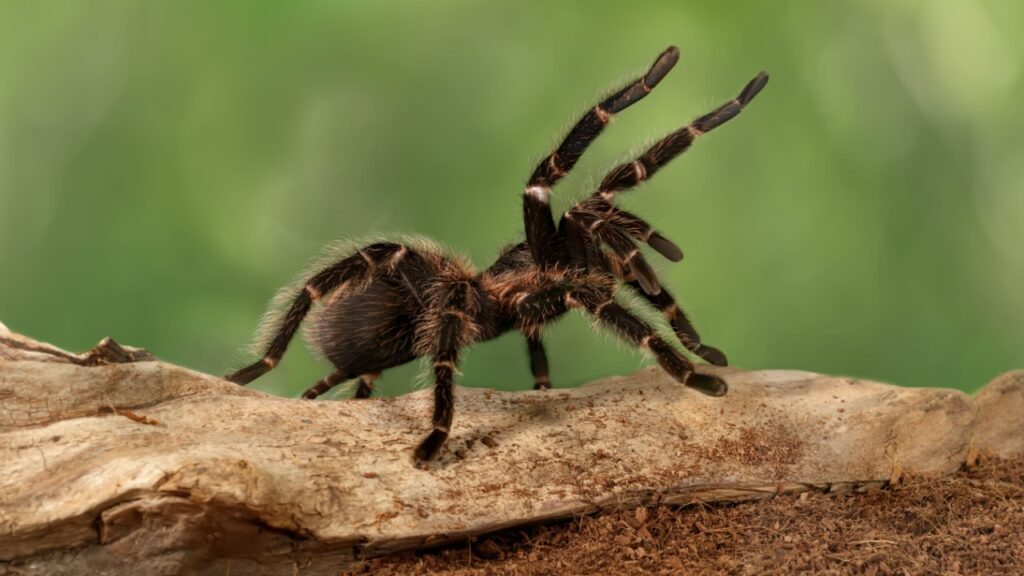Spiders come in all shapes and sizes, but some are truly giants of the arachnid world. These massive eight-legged creatures can be found in various habitats across the globe, from tropical rainforests to urban areas. Let’s explore the 12 largest spider species, their unique characteristics, and the vital roles they play in their ecosystems.
Goliath Birdeater
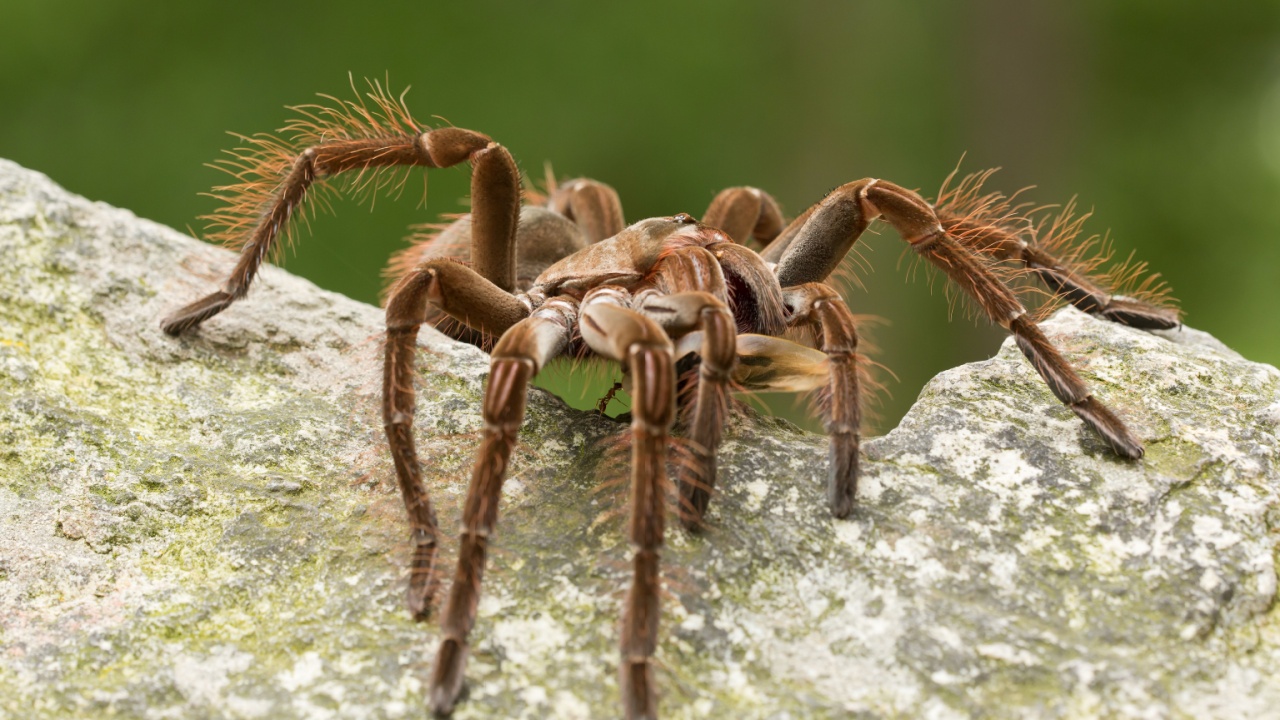
The Goliath birdeater holds the title of the world’s largest spider by mass. Native to the rainforests of South America, this tarantula can have a leg span of up to 11 inches. Despite its name, the Goliath birdeater rarely eats birds, preferring insects and small mammals. These spiders can live up to 25 years and are known for their impressive size and striking appearance.
Giant Huntsman Spider

The Giant huntsman spider boasts the largest leg span of any spider, reaching up to 12 inches. Found in caves in Laos, this speedy arachnid is known for its ability to move sideways, earning it the nickname “crab spider.” Giant huntsman spiders have excellent eyesight and use their speed to catch prey. They’re generally shy and prefer to avoid human contact.
Brazilian Salmon Pink Birdeater
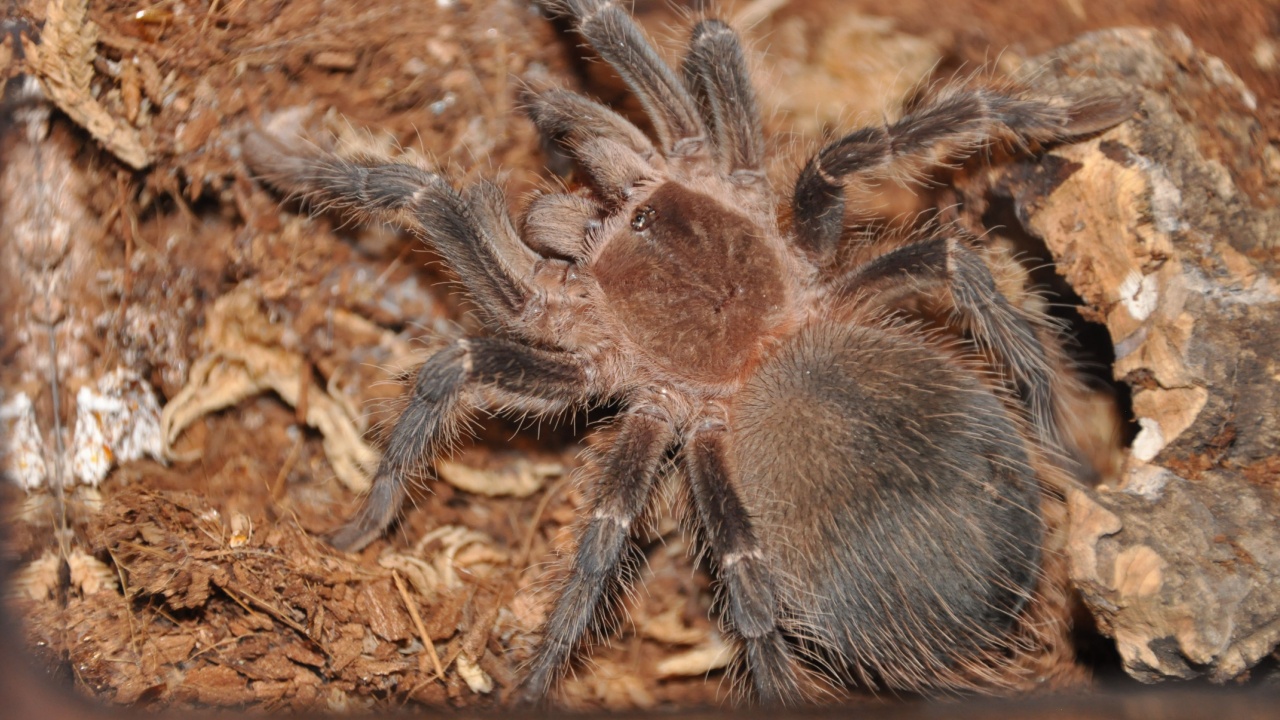
This colorful tarantula is one of the largest spider species in the world. With a leg span of up to 11 inches, the Brazilian salmon pink birdeater is known for its beautiful pink coloration. These spiders are popular in the pet trade due to their docile nature. In the wild, they play a crucial role in controlling insect populations in South American rainforests.
Columbian Giant Tarantula
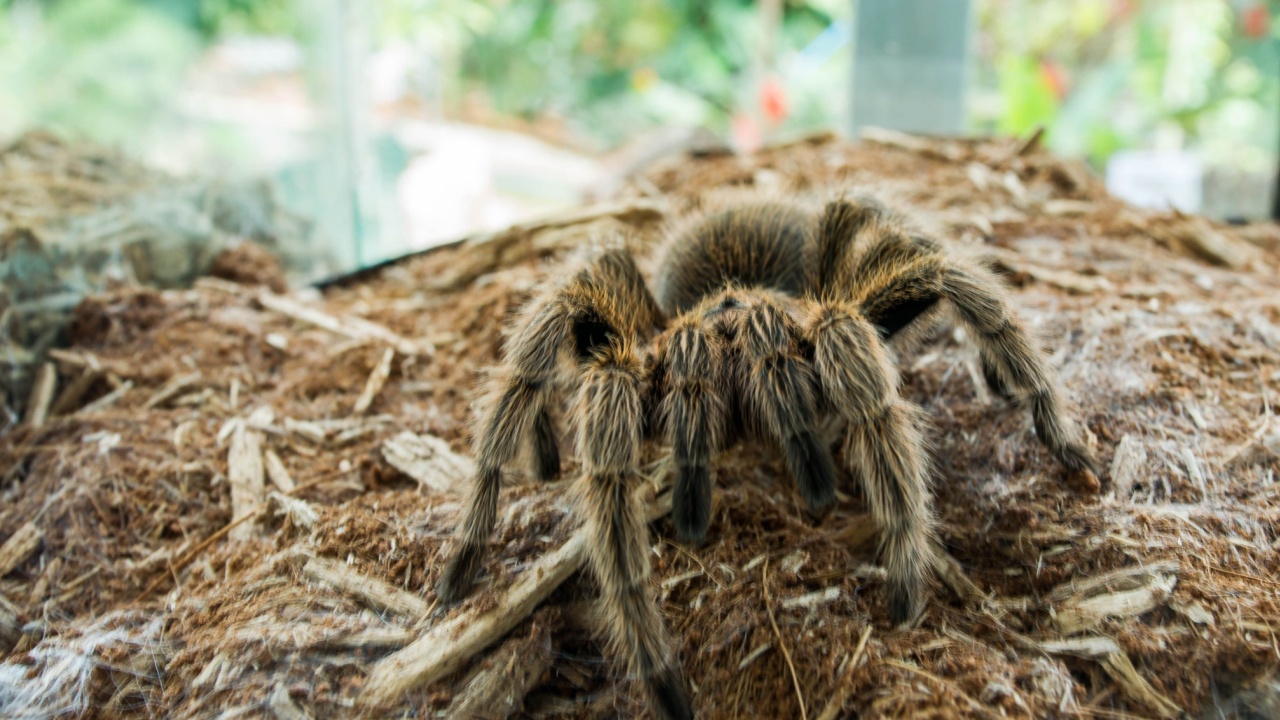
Also known as the Columbian giant redleg, this impressive spider can have a leg span of up to 8 inches. Native to Colombia and Brazil, these tarantulas are known for their striking black bodies and reddish-orange leg hairs. Columbian giant tarantulas are ambush predators, waiting patiently for prey to come near their burrows before striking.
Face-Sized Tarantula

Discovered in Sri Lanka in 2013, the face-sized tarantula lives up to its name with a leg span that can reach 8 inches. These arboreal spiders build their nests in old trees and are excellent climbers. Face-sized tarantulas are critically endangered due to habitat loss and are rarely seen in the wild.
Hercules Baboon Spider
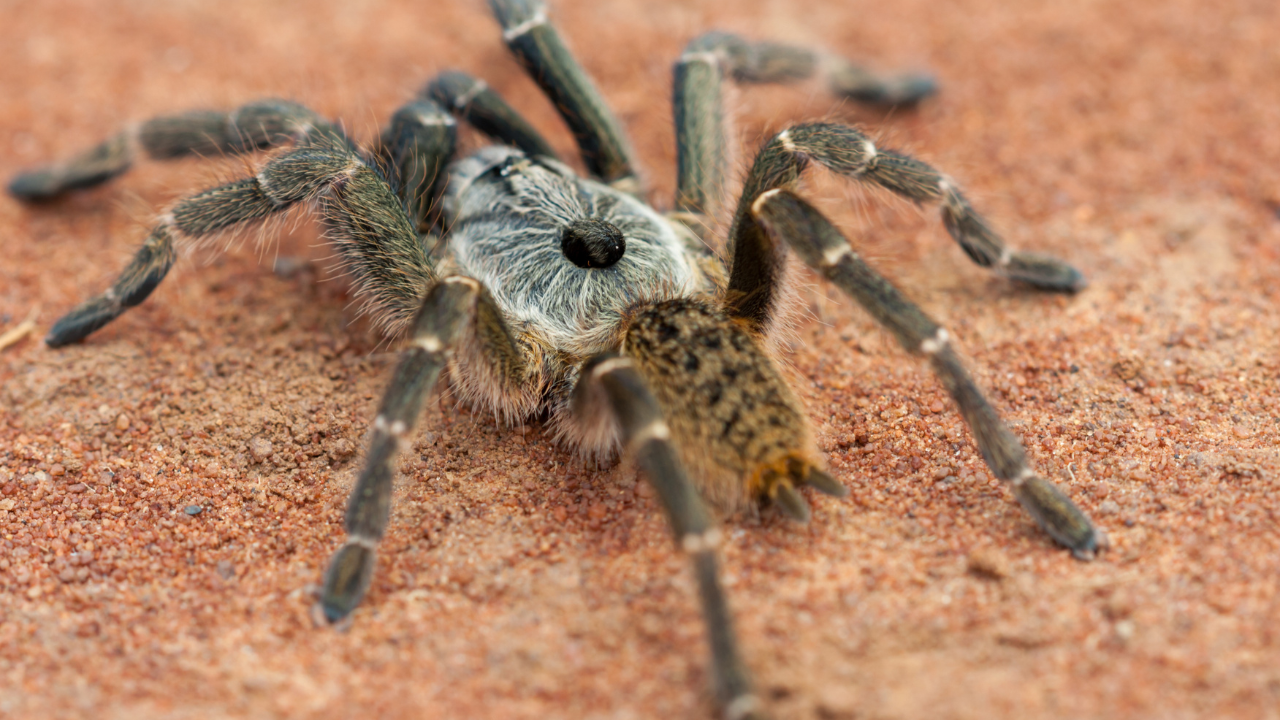
Found in East Africa, the Hercules baboon spider is one of the largest old-world tarantulas. With a leg span of up to 8 inches, these spiders are known for their powerful build and aggressive defense posture. Hercules baboon spiders live in deep burrows and play an important role in controlling insect populations in their native habitats.
Giant Vinegaroon
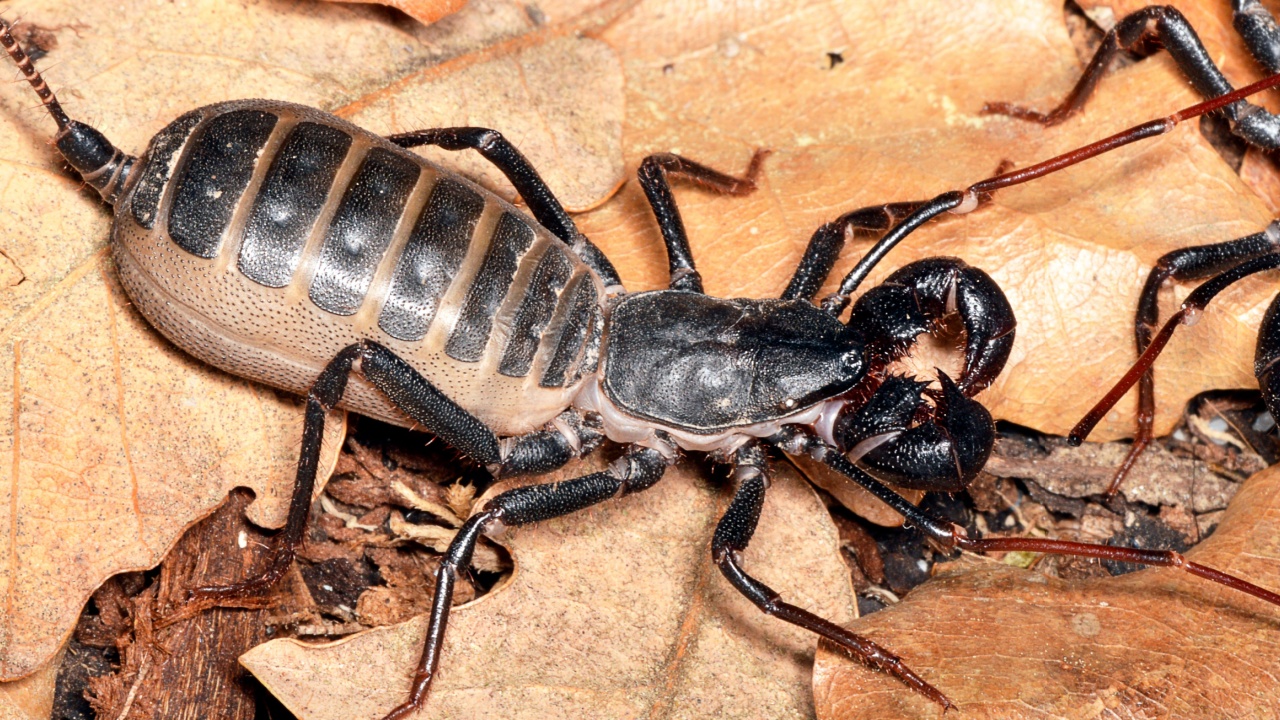
While technically not a true spider, the giant vinegaroon is a close relative that deserves mention due to its impressive size. These arachnids can grow up to 8 inches long and are found in the southern United States and Mexico. Giant vinegaroons get their name from their ability to spray a vinegar-like substance as a defense mechanism.
Cerbalus Aravaensis
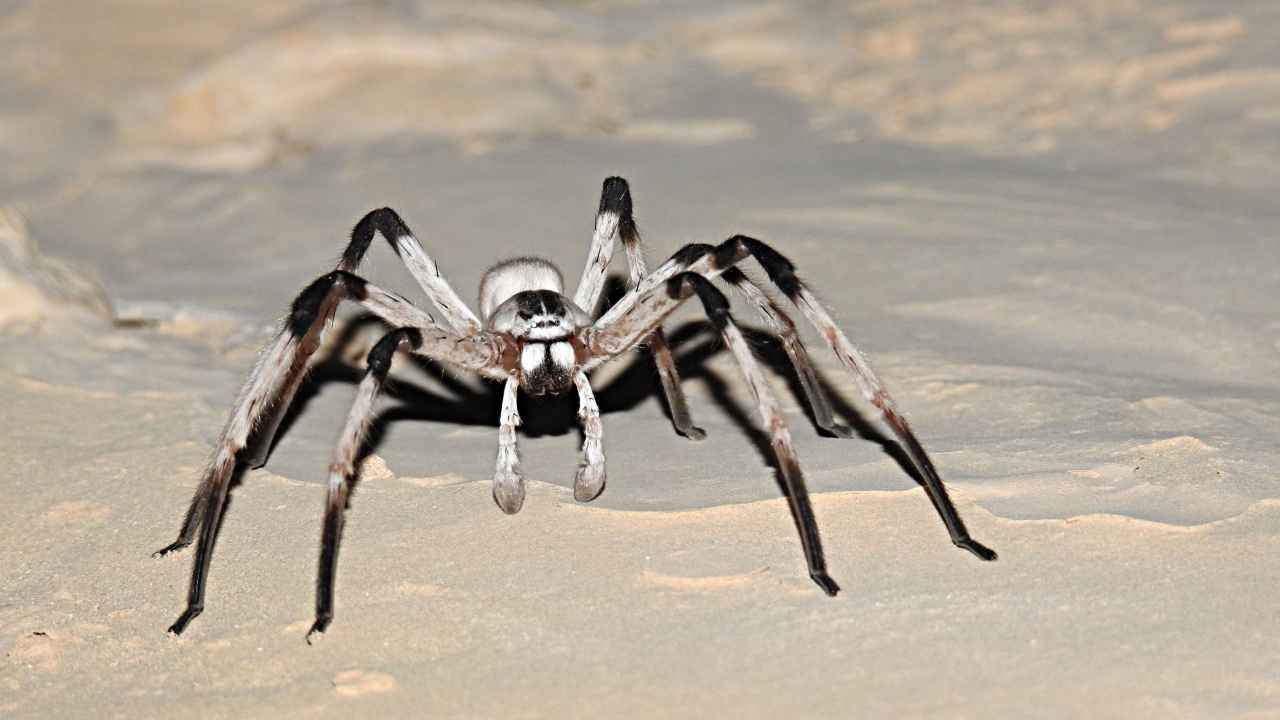
This rare spider species is found only in the sand dunes of the Arava Valley in Israel and Jordan. With a leg span of up to 5.5 inches, Cerbalus aravaensis is one of the largest spiders in the Middle East. These nocturnal hunters are experts at camouflaging themselves in the sand and are critically endangered due to habitat loss.
Camel Spider

Another arachnid that’s not a true spider, the camel spider can grow up to 6 inches long. Found in desert regions worldwide, these fast-moving creatures are known for their large jaws and ability to run at high speeds. Camel spiders are important predators in arid ecosystems, helping to control insect populations.
Golden Silk Orb-Weaver

This impressive spider is known for its large size and beautiful golden web. Female golden silk orb-weavers can have a leg span of up to 6 inches and are much larger than males. These spiders are found in warm regions around the world and are famous for their strong silk, which has been used to create textiles.
Sparassidae (Huntsman Spiders)
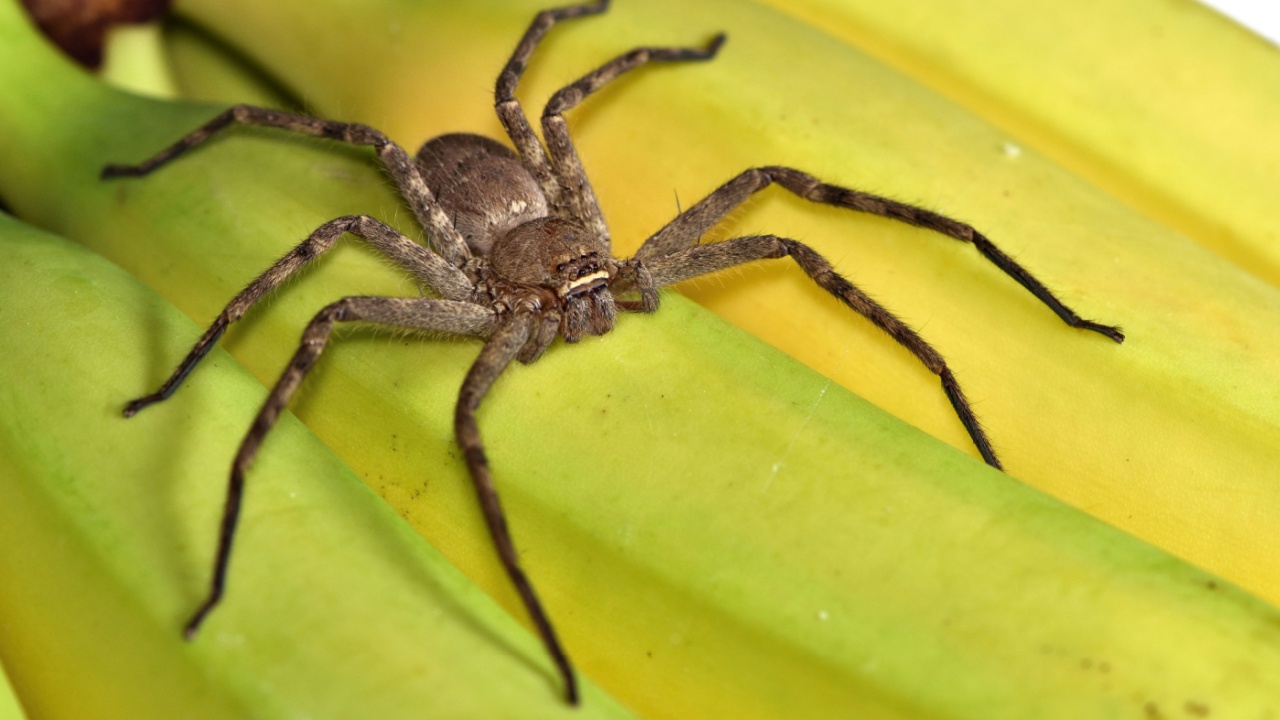
While not a single species, the Sparassidae family includes many large spider species collectively known as huntsman spiders. These fast-moving arachnids can have leg spans of up to 6 inches. Huntsman spiders are found worldwide and are known for their speed and ability to move sideways. They’re often beneficial in homes, controlling insect populations.
Mexican Red-Knee Tarantula
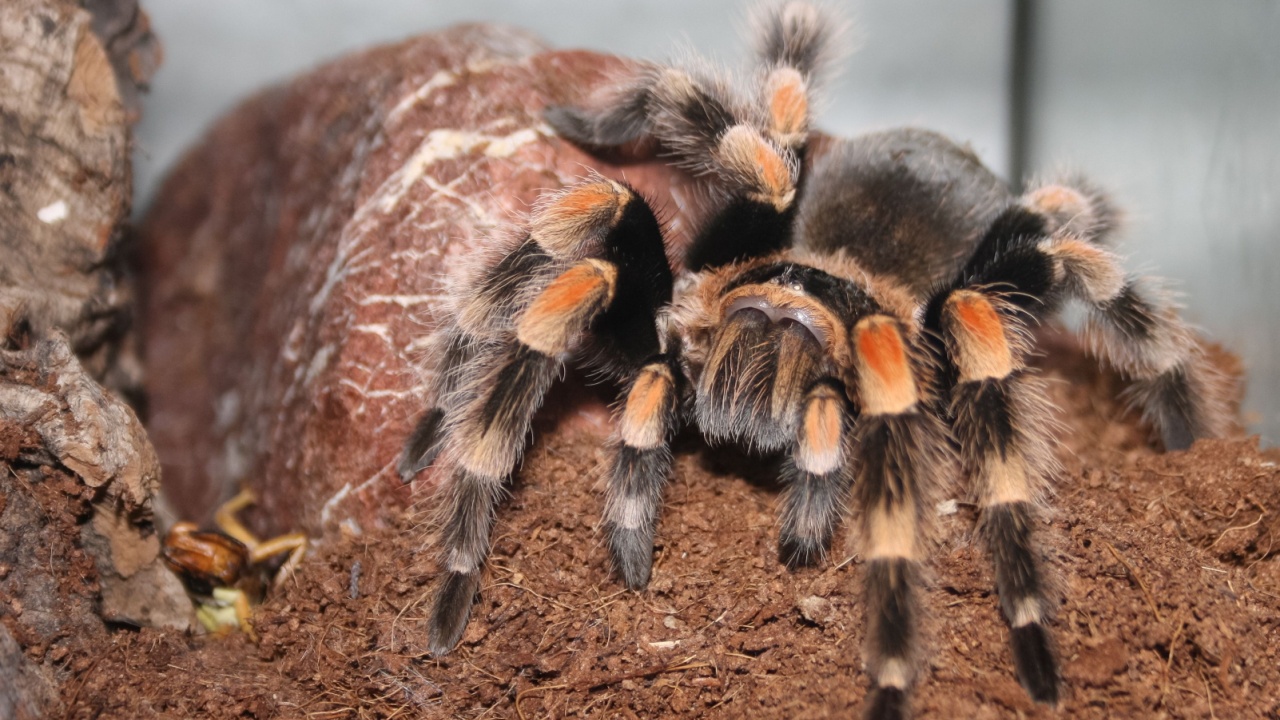
A popular species in the pet trade, the Mexican red-knee tarantula can have a leg span of up to 6 inches. These striking spiders are known for their docile nature and beautiful coloration, with black bodies and bright red-orange knee joints. In the wild, they play an important role in controlling insect populations in their native Mexican habitats.
Becky is a fervent wildlife enthusiast and pet care expert with a diploma in canine nutrition. Her love for animals stretches beyond the domestic, embracing the wild tapestry of global fauna. With over a decade of experience in animal welfare, Becky lends her expertise to OutlandishOwl through insightful articles, captivating wildlife information, and invaluable guidance on pet nutrition. Her work embodies a deep commitment to understanding the intricate lives of animals and a passion for educating others on sustaining natural habitats. Becky's hands-on conservation efforts and her knack for translating complex dietary science into practical pet feeding tips make her an indispensable voice for creatures great and small.

